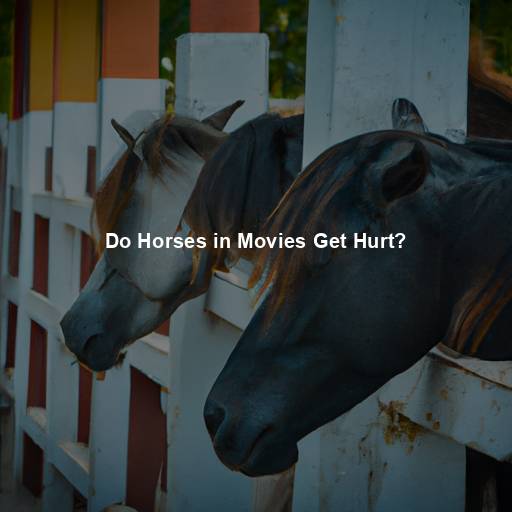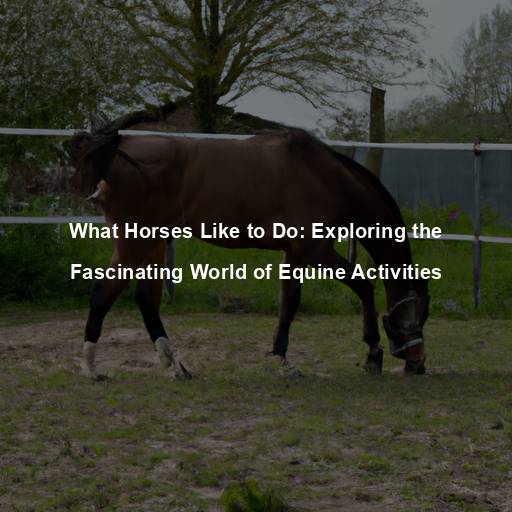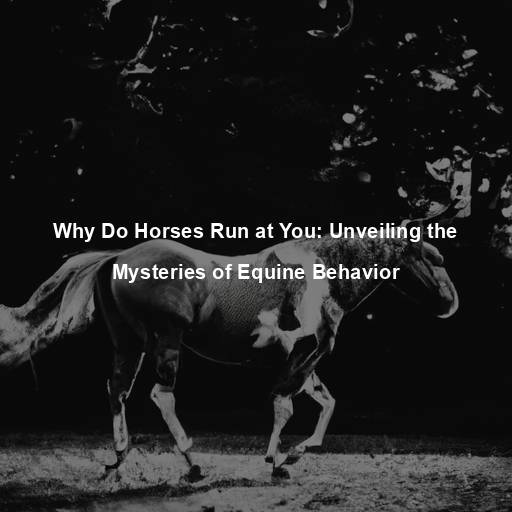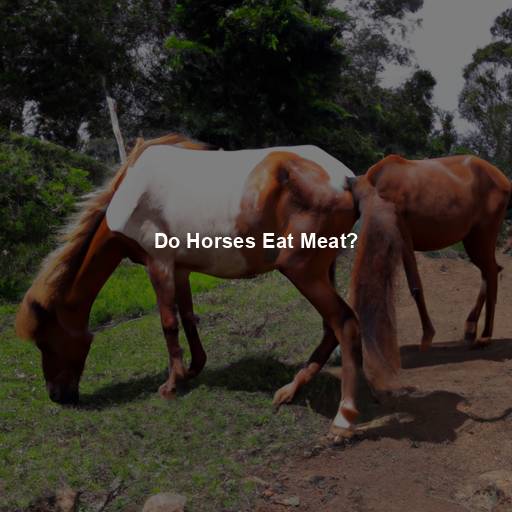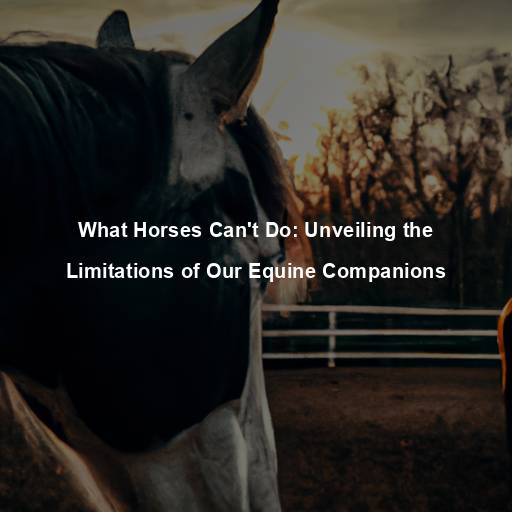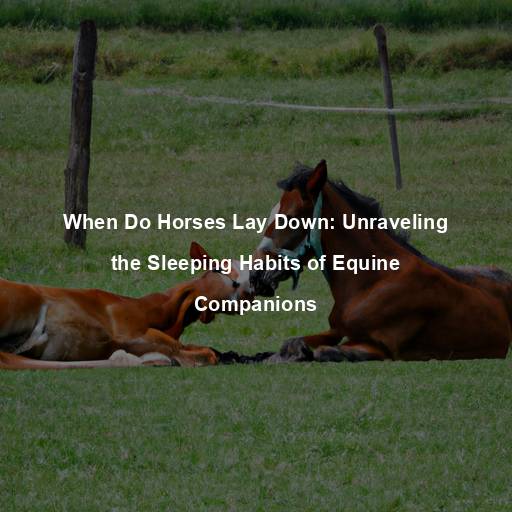Do Horses in Movies Get Hurt?
Last Updated on November 11, 2023 by Evan
Contents
- 1 The Fascinating World of Horses in Movies
- 2 Animal Welfare Organizations and Regulations
- 3 The Evolution of Horse Stunts in Movies
- 4 The Human-Horse Bond on and off Set
- 5 FAQs – Do Horses in Movies Get Hurt?
- 5.1 Can horses in movies get hurt during filming?
- 5.2 Are there any rules and regulations in place to protect horses during movie productions?
- 5.3 How do filmmakers ensure the safety of horses during intense scenes?
- 5.4 Are the horses provided with proper care and veterinary attention during movie productions?
- 5.5 Are there any special precautions taken when working with horses during movie productions?
- 5.6 What happens if a horse is injured during filming?
- 5.7 How can viewers be sure that horses are not mistreated during movie productions?
- 5.8 Are there any laws against the mistreatment of horses during movie productions?
The Fascinating World of Horses in Movies
Lights, camera, action! Horses have been an integral part of the film industry for decades, captivating audiences with their beauty, grace, and power. From epic historical dramas to thrilling action sequences, horses have played a significant role in bringing stories to life on the big screen. But amidst the awe-inspiring scenes and breathtaking performances, a question lingers in the minds of many: do horses in movies get hurt?
The Welfare of Movie Horses
When it comes to using animals in films, the welfare and safety of the animals involved should always be a top priority. The American Humane Association (AHA), an organization dedicated to ensuring the humane treatment of animals in the entertainment industry, has been actively involved in overseeing the use of animals, including horses, in movies. They have set guidelines and standards to protect the well-being of these magnificent creatures during filming.
The American Humane Association’s Guidelines
In the ever-evolving world of filmmaking, the American Humane Association (AHA) takes the reins when it comes to safeguarding the welfare of our equine co-stars. With a meticulous eye for detail, the AHA’s guidelines upend the conventional notion of “lights, camera, action” with a comprehensive framework that covers every facet of a horse’s well-being on set. Before these majestic creatures even set hoof in front of the camera, a series of rigorous assessments scrutinize everything from their personality to physical condition, finding the perfect fit for the demands of their roles. Through a delicate dance of specialized training and positive reinforcement, trainers forge an unbreakable bond with these equine performers, creating an atmosphere devoid of stress and brimming with trust.
Precautions on Set
Behind the scenes, a remarkable assortment of skilled individuals diligently tend to the horses’ welfare on the set. An assortment of experts ranging from trainers to veterinarians, and even animal coordinators, work meticulously to guarantee their safety and comfort. From meticulously crafting a set devoid of potential hazards, to ensuring horses have cozy stables, access to water and food, and routine rest breaks to evade exhaustion, these professionals are committed to protecting them from adverse weather conditions.
Stunt Work and Special Effects
When it comes to the silver screen, horses truly steal the show with their breathtaking stunts and jaw-dropping action scenes. But what lies behind these thrilling moments? Well, a meticulous combination of careful planning and specialized techniques that are designed to ensure the safety of both the magnificent horses and the incredibly brave human actors. It’s a mesmerizing dance between these majestic creatures and their skilled counterparts, leaving us in awe and wonder at the sheer brilliance and dedication that goes into bringing these scenes to life.
Stunt Doubles and Trained Horses
When it comes to movies, horses too have their very own body doubles, just like the human actors. These horse stunt doubles are incredibly skilled and have mastered the art of performing daring and intricate moves on screen. They undergo rigorous training that prepares them for the demanding world of stunts, responding effortlessly to prompts and signals that guide their every action. Having these doubles by their side not only guarantees the horses’ safety but also brings the thrill and excitement to the screen without putting them at unnecessary risk.
Special Effects and CGI
The film industry has witnessed a remarkable transformation in ensuring the welfare of horses through cutting-edge technological innovations. In an era defined by mind-boggling computer-generated imagery (CGI) and awe-inspiring special effects, filmmakers now have the power to simulate perilous horse scenes without subjecting these majestic creatures to harm. This groundbreaking approach has ignited a revolution in the industry, enabling breathtaking sequences that seamlessly marry cinematic splendor with equine safety and well-being.
Controversies and Challenges
In the ever-evolving landscape of the film industry, the ethical treatment of equine actors continues to ignite impassioned debates. Advocates for animal welfare assert that the utilization of animals, particularly our majestic four-legged companions, remains a bone of contention, fraught with both perplexing dilemmas and elusive solutions. Despite the implementation of stringent safeguards and conscientious guidelines, dissenting voices argue that horses are innately subjected to exploitation, coaxing deep-rooted concerns about their vulnerability to avoidable hazards and misfortunes. As the industry navigates these thorny terrains, the ardent quest for a harmonious coexistence between artistry and equine protection sets the stage for an enigmatic struggle, brimming with both promise and uncertainty.
Accidents and Injuries
While every effort is made to prevent accidents and injuries, the unpredictable nature of working with animals can lead to unforeseen incidents. Horses, like any living beings, can be prone to accidents, regardless of the precautions taken. However, it is important to note that the film industry has come a long way in implementing safety measures and continuously strives to improve the well-being of animals on set.
Ethical Considerations
The captivating world of cinema has long been a battleground for discussions surrounding the ethical implications of incorporating animals into the silver screen. In this complex and ever-evolving debate, opinions clash like thunderous waves against the shore. Advocates fervently contend that horses, these majestic creatures with an undeniable sentient essence, deserve liberation from the demands of the film industry. To this end, proponents passionately champion the utilization of cutting-edge technologies, such as CGI, as a progressive alternative that could potentially alleviate the necessity for live animal performances altogether.
Preparing Horses for Film
When it comes to preparing horses for their big screen debut, there’s a captivating blend of fundamental training, tailored abilities, and the art of acclimation to all the unexpected elements that may cross their path during filming. Trainers employ a gradual approach, introducing these majestic creatures to an array of curious props, outlandish costumes, and an orchestra of sounds, meticulously weaving a tapestry of familiarity within the extraordinary world of movie sets. This intricate process not only eases their tensions and apprehensions but also instills a sense of assuredness in these horses, empowering them to gracefully embrace the spotlight and flawlessly fulfill their cinematic roles.
Collaboration with Film Crew
Behind the enchanting moments captured on film lies a symbiotic relationship between trainers, handlers, and the artistic genius of the film crew. Their collaboration infuses scenes with equine grace and keeps everyone involved on the same wavelength, melding desired outcomes with paramount safety measures. As the stunt coordinators, directors, and cinematographers join forces, their collective creativity weaves breathtaking sequences, ensuring the well-being of these magnificent creatures amidst the enigmatic dance of storytelling.
Choreographing Equine Action
In the midst of adrenaline-filled moments, the synchronized dance between horses and actors takes center stage, emphasizing the utmost priority – safety. Meticulously crafted by trainers, these awe-inspiring scenes undergo meticulous planning and relentless rehearsals, leaving no room for error. In some instances, skilled stunt doubles may step in to tackle daring feats, reducing any potential harm to the majestic equines involved.
Animal Welfare Organizations and Regulations
To safeguard the welfare of animals in the entertainment industry, various organizations and regulatory bodies have established guidelines and standards. These entities work closely with filmmakers to ensure compliance and promote the well-being of movie horses.
American Humane Association (AHA)
In the realm of entertainment, there exists an organization whose presence injects a sense of accountability and compassion into the treatment of our beloved creatures. The American Humane Association, known for its unwavering dedication, assumes the pivotal role of safeguarding animals even amidst the chaos of film and television production. Vigilant members of the AHA’s Film & TV Unit stride onto sets, their knowledgeable eyes scanning for every trace of animal presence, their empathetic hearts advocating for their wellbeing. And when the curtain falls, the coveted “No Animals Were Harmed” credit stands as an enduring testament, an assurance that the production has traversed the demanding terrain of the AHA’s exacting standards.
Government Regulations
In addition to the efforts of animal welfare organizations, governments have also implemented regulations to protect animals in the film industry. These regulations vary by country and often require permits and inspections to ensure compliance with animal welfare laws. By enforcing these regulations, governments aim to ensure that horses and other animals are treated ethically and responsibly during the filmmaking process.
The Evolution of Horse Stunts in Movies
Over the years, horse stunts in movies have evolved significantly, incorporating innovative techniques and technologies to enhance both the safety and visual impact of these performances.
Historical Context
Back in the golden era of cinema, horse stunts were a wild, untamed beast, lacking the safety nets we take for granted today. Both horses and their fearless riders faced a perilous dance with fate, with accidents lurking around every corner. Yet through the passage of time, as knowledge of equine behavior deepened and training methods evolved, a newfound protective shield enveloped these majestic creatures, ensuring their safety during thrilling on-screen performances.
Advancements in Stunt Equipment
The development of specialized equipment has played a crucial role in minimizing risks during horse stunts. Protective padding, such as saddle pads and leg wraps, can be used to cushion the impact of falls or collisions. Custom-made bridles and reins allow for better control and communication between the rider and the horse, ensuring precise execution of stunts.
Computer-Generated Imagery (CGI)
Over the past few years, the world of equestrian stunts has undergone a mind-boggling transformation thanks to the advent of CGI. This groundbreaking technology has turned the impossible into the possible, giving rise to spectacular sequences that seamlessly merge real-life horse footage with mesmerizing computer-generated imagery. True to its nature, CGI has not only amplified the safety measures for our majestic equine performers but has also unleashed an unprecedented wave of creativity amongst filmmakers. The result?
The Human-Horse Bond on and off Set
Beyond the safety considerations, the relationship between horses and their human counterparts is a fundamental aspect of their involvement in movies. The bond between horses and their trainers or riders extends beyond the confines of the film set, fostering a connection built on trust and mutual respect.
Lifelong Partnerships
The mesmerizing world of movies unveils a hidden truth behind the scenes – the extraordinary bond between horses and their devoted handlers transcends the silver screen. These majestic creatures, gracing our screens with elegance and grace, aren’t mere actors but lifelong partners, their shared experience echoing through the ages. Their intimate connection nurtures a profound understanding, weaving magic on- and off-camera, leaving us in awe of their artistry while ensuring their welfare is paramount.
Emotional Support and Companionship
In the world of filmmaking, where the stage is often filled with frenetic energy and looming deadlines, the unexpected role of horses as emotional anchors and loyal confidants has taken the industry by storm. As actors and crew members immerse themselves in the demanding and sometimes overwhelming world of film production, the graceful presence of these magnificent creatures brings a sense of tranquility and solace. In this seemingly paradoxical connection, the equine companions serve as steadfast allies, providing a haven of stability amidst the chaos and unpredictability of movie-making.
FAQs – Do Horses in Movies Get Hurt?
Can horses in movies get hurt during filming?
When it comes to bringing stories to life on the silver screen, filmmakers leave no stone unturned in guaranteeing the utmost safety and care for the animals involved, particularly magnificent creatures like horses. A stringent set of guidelines and regulations is diligently adhered to, serving as a solid foundation for safeguarding their well-being. In this intricate dance, a team of dedicated professionals, encompassing skillful animal coordinators, experienced veterinarians, and passionate advocates for animal welfare, collaborate closely with filmmakers to ensure that the horses receive the highest levels of physical and emotional support throughout the production process.
Are there any rules and regulations in place to protect horses during movie productions?
Yes, numerous rules and regulations are implemented to protect horses during movie productions. Animal welfare organizations, such as the American Humane Association, set guidelines and monitor the treatment of animals on set. These guidelines include requirements for proper training, handling, and care of horses used in films. Regular inspections are conducted to ensure compliance with these guidelines and to address any concerns that may arise.
How do filmmakers ensure the safety of horses during intense scenes?
Filmmakers use various techniques to ensure the safety of horses during intense scenes. Stunt coordinators work closely with animal trainers to choreograph and execute action sequences. They may use special effects, like mechanical horses or computer-generated imagery (CGI), to create the appearance of dangerous or risky situations without actually putting the real horses in harm’s way. Trained animal actors are also used to perform specific actions that could be dangerous for live horses.
Are the horses provided with proper care and veterinary attention during movie productions?
Yes, horses used in movies receive comprehensive care and regular veterinary attention. Their physical and emotional health are top priorities. Based on the guidelines set by animal welfare organizations, experienced animal handlers ensure that horses have appropriate shelter, food, water, and exercise. Veterinarians are often present on set to examine the horses and address any medical concerns promptly.
Are there any special precautions taken when working with horses during movie productions?
Absolutely. Filmmakers take special precautions when working with horses to prevent any potential harm. Horses used in stunts or action scenes are trained extensively to ensure they understand and can safely perform the required actions. Safety equipment, such as padding or specific types of harnesses, may be used to protect both the horses and the actors involved.
What happens if a horse is injured during filming?
In the unfortunate event of a horse sustaining an injury during filming, immediate medical attention is provided by on-set veterinarians or animal handlers. The horse’s well-being is of utmost importance, and every effort is made to minimize suffering and promote a speedy recovery. In extreme cases, where the injury is severe or irreparable, humane euthanasia may be considered as a last resort to prevent further suffering.
How can viewers be sure that horses are not mistreated during movie productions?
Animal welfare organizations, such as the American Humane Association, monitor the treatment of animals on movie sets. They have trained representatives called “Animal Safety Representatives” on location during filming to advocate for animal welfare. These representatives ensure that all guidelines are followed and that the horses are treated with care and respect. Additionally, filmmakers often include disclaimers or credits acknowledging that no animals were harmed in the making of the film.
Are there any laws against the mistreatment of horses during movie productions?
Yes, laws are in place to protect animals, including horses, from mistreatment during movie productions. Animal cruelty laws vary by jurisdiction, but they generally prohibit the mistreatment, abuse, or unnecessary harm of animals. Filmmakers must adhere to these laws, and failure to do so can result in legal consequences, fines, or even imprisonment. The existence of these laws contributes to the responsible and ethical treatment of horses and other animals in the entertainment industry.

